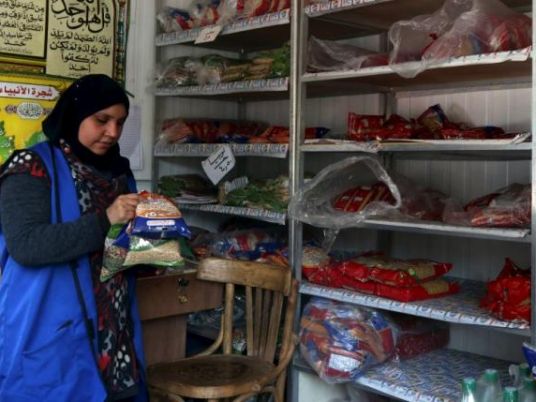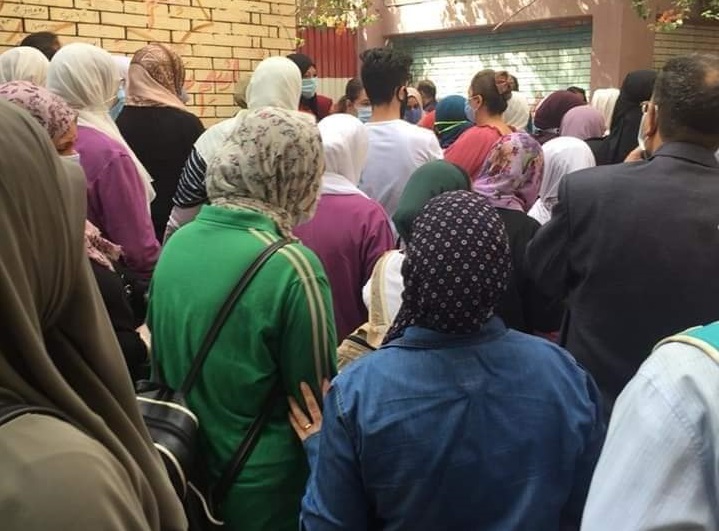
The Egyptian government, led by Prime Minister Mostafa Madbouly, announced that development of the “Price Radar” mobile phone application has been completed, in preparation for its launch in July.
The application allows the user to specify the location, store, and price of the item, attach a picture of the price, specify the geographical location from which the purchase was made, and search up the prices of goods in the area as shared by other users.
The announcement of the application came while Madbouly chaired a meeting on Thursday to follow up on the the Supreme Committee for Regulating Markets and Commodity Prices.
According to the Cabinet: “Coordination is currently underway between the Information and Decision Support Center and the Consumer Protection Agency to develop another mobile application, which will facilitate receiving complaints and reports from citizens, as well as all of the agency’s services to the public.”
The other application under preparation will also provide advice alongside warnings about defective goods in the markets.
It serves to inform the consumers of their rights, and enable them to submit complaints to the agency’s management in the event they suffer harm from any goods traded in the Egyptian markets.
Assistant Prime Minister Osama al-Gohary stated that there are several proposed paths of action next, which include providing data on food production and distribution companies registered with the Ministry of Supply and Internal Trade, and linking them to the electronic invoice.
He explained that this leads to implementing the electronic tracking system for strategic goods and determining the volume of production, distribution and inventory.
Gohary added that the proposed path of action in the short term include expanding the scope of monitoring wholesale markets in Gharbiyah, Sharqiya, Beni Suef, Kafr al-Sheikh, and Sohag, bringing the total to 11 wholesale markets in the governorates that are being monitored.
This comes in addition to continuing daily monitoring operations and ensuring the implementation of price reduction initiatives, he said, alongside building a model using artificial intelligence (AI) techniques to predict the prices of the most important food commodities and issuing warnings before any price crises.




